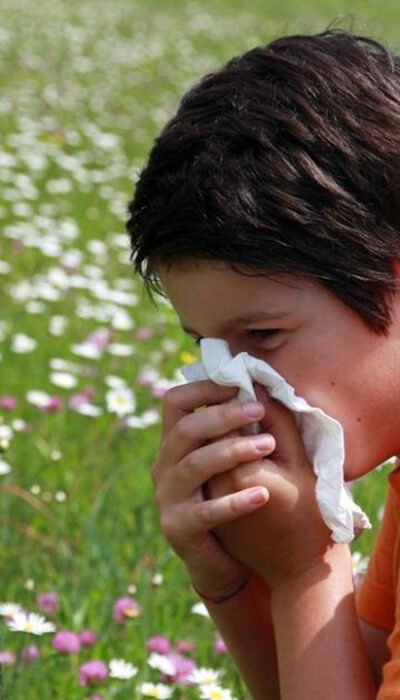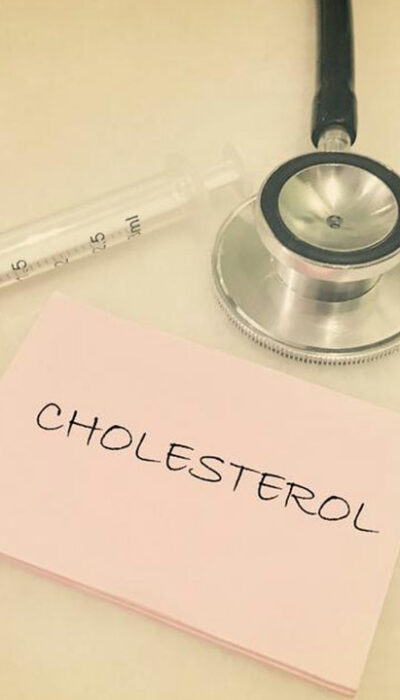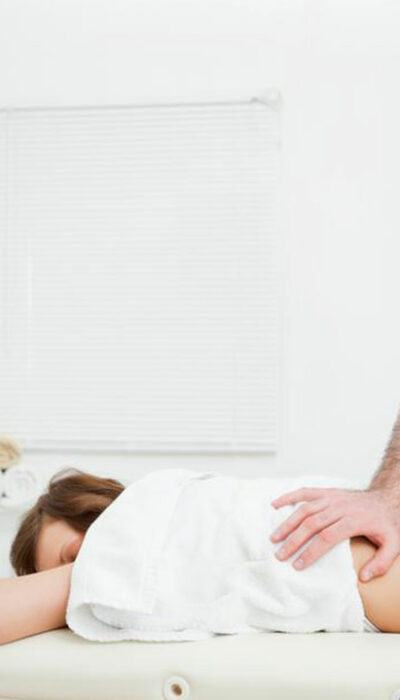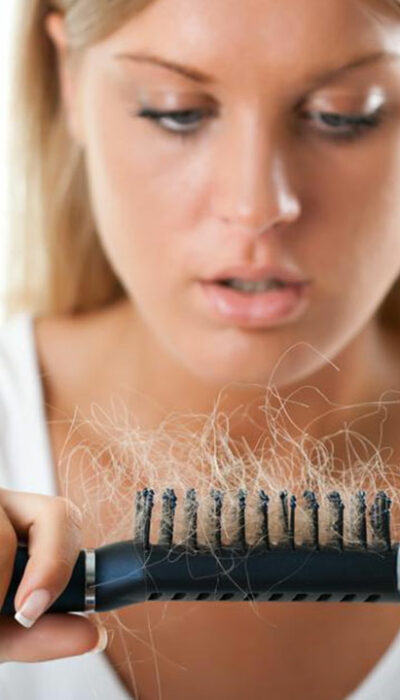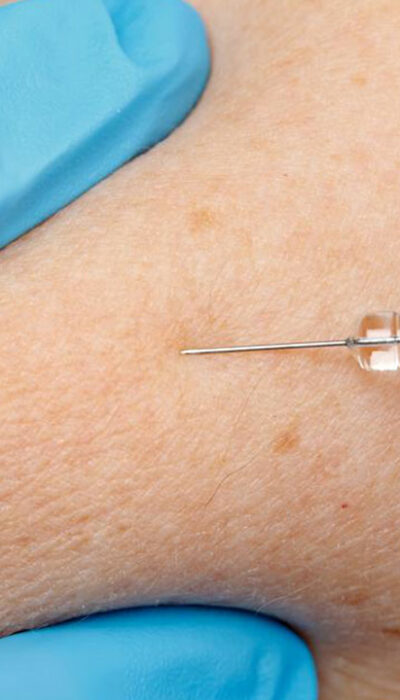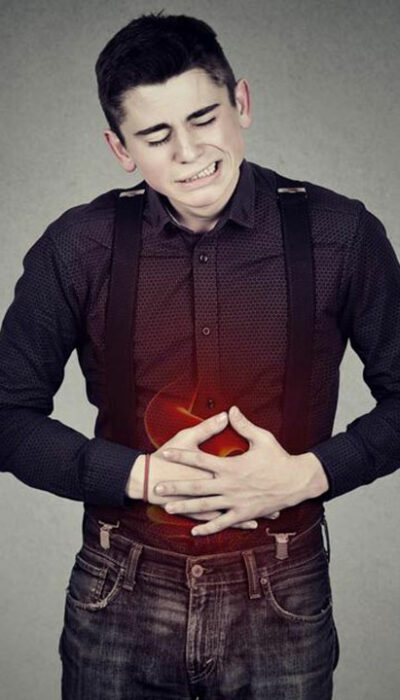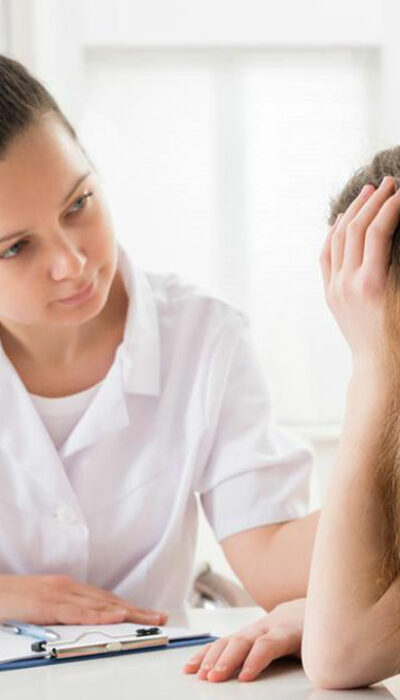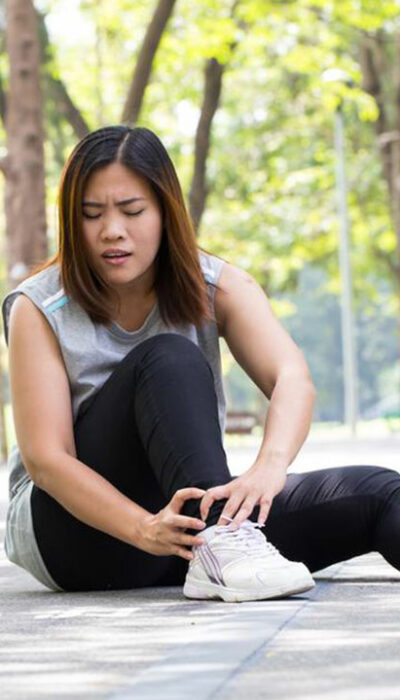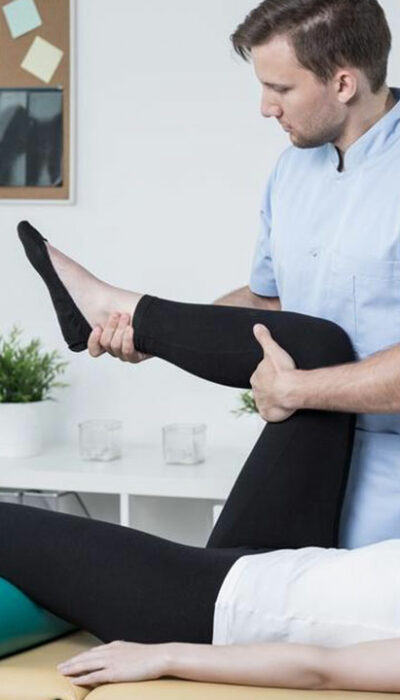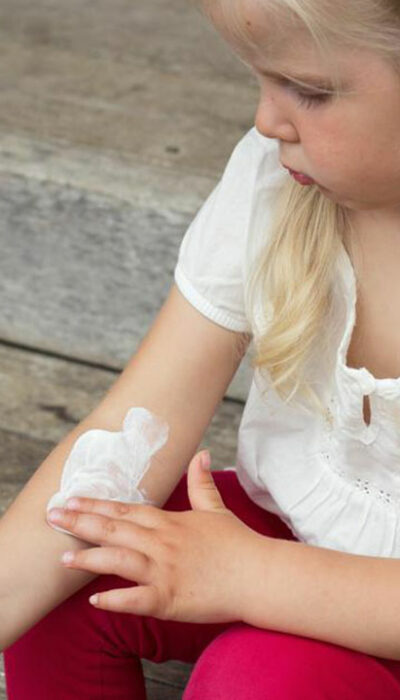
4 Home Remedies That Aid in Atopic Dermatitis Treatment
Atopic dermatitis is a condition wherein the skin begins to look red and patchy. It is a skin condition that is persistent and affects a large population around the world. This chronic disease often begins during childhood and persists till adulthood. People suffering from atopic dermatitis are found to have a more sensitive skin and one that is easily affected by irritants. This condition is of a special type that is an allergic sensitivity that is connected to inhalants, asthma, and allergies. In most cases, atopic dermatitis may be carried down through genes and thus, is a hereditary condition. The allergy leads the skin to peel and becomes inflamed, causing an appearance of redness, scaling, cracking, and formation of blisters. What may come across as dry skin initially, turns into atopic dermatitis over time. However, the skin condition is not contagious and does not pass from person to person. One should not have any reservations or concerns when dealing with a person who is suffering from this skin disorder. Atopic dermatitis usually occurs among infants and younger individuals; however, it can affect people from any age group, sex, or race. The disease may become worse or better during some period. The days when the skin begins to look more inflamed and is worse, it is known as flares. Post this period, the allergic area may slowly look better and can also clear up with time. Many kids experience that their disease becomes better as they grow older; this period is known as remission. However, the skin may continue to feel sensitive and irritated. Several factors can contribute to the worsening the condition of atopic dermatitis. Environmental factors such as allergic elements, soaps and detergents, and humidity can worsen or trigger inflammation altogether. Also, these factors can activate the condition in people who have inherited the disease from their ancestors.
